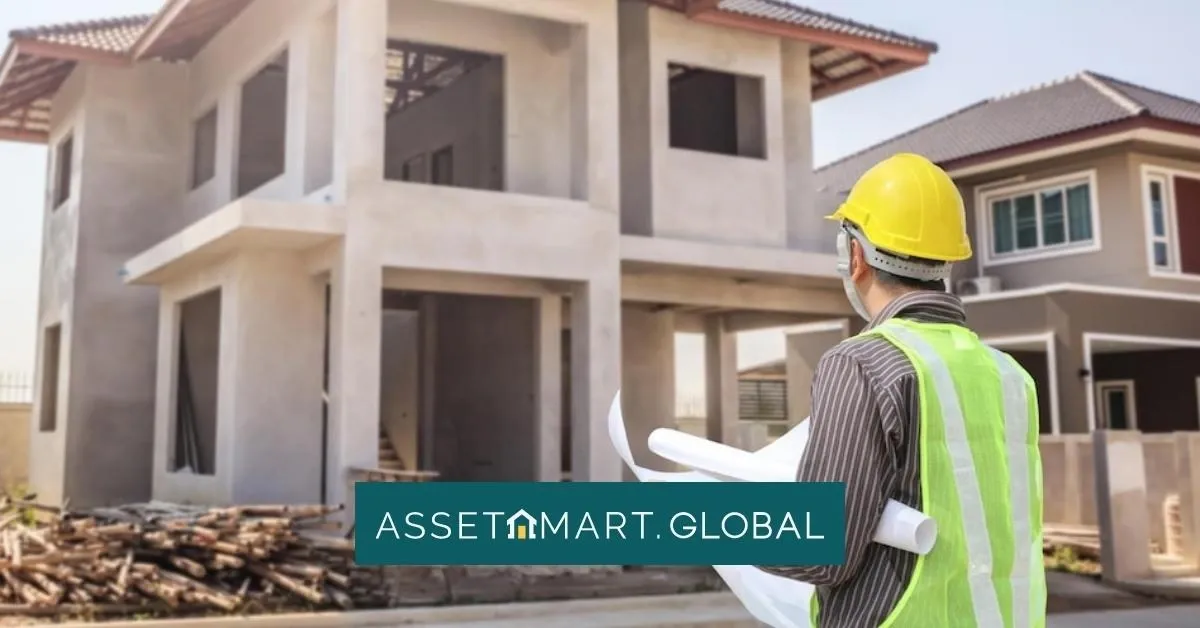
Short guide to building a house in the Philippines
Updated on December 19 2025
Building a house in the Philippines involves several intricate steps, from initial planning to finally moving in. This guide will help you understand the process, but remember, always consult professionals to ensure that everything is done correctly and legally.
1. Planning
The first step is planning. You need to consider your budget, needs, preferences, and lifestyle. Also, consider the climate, possible natural disasters (like typhoons or earthquakes), and the local culture and lifestyle.
Hire an architect and an engineer to create a blueprint for your house. They should understand local building codes and regulations and be able to design a house that fits your needs and preferences.
The location of your house will have a significant impact on its design. For example, if you're building in a high-risk earthquake zone, the structure needs to be earthquake-resistant.
2. Preparing Legal Documents and Getting Permits
The next step is preparing the necessary legal documents and obtaining building permits. Here are some of the essential documents you'll need:
a. Lot Title
b. Tax Declaration
c. Architectural Plans
d. Structural Plans
e. Sanitary/Plumbing Plans
f. Electrical Plans
Once you have all the necessary documents, submit them to your local municipal office to obtain a building permit. You may also need to get clearances from other local government units depending on your location.
3. Hiring a Contractor
Once you have your building permit, you can start looking for a contractor. The contractor will oversee the construction of your house. When choosing a contractor, consider their reputation, experience, and cost. Also, ensure they are licensed and insured.
You should have a clear contract with the contractor that outlines their responsibilities, the project timeline, the payment schedule, and how changes or problems will be handled.
4. Construction
The construction process can be broken down into several stages:
a. Site Preparation
The site is cleared of any obstacles, and the ground is leveled.
b. Foundation
The foundation is laid according to the architectural plans.
c. Structural Work
This includes erecting the framework of the house.
d. Roofing
The roof is constructed and installed.
e. Exterior Finishing
This includes installing windows, doors, and exterior walls.
f. Interior Finishing
This includes installing interior walls, floors, and ceilings.
g. Mechanical and Electrical Installation
This includes installing electrical wiring, HVAC systems, and plumbing.
h. Painting and Final Touches
The house is painted, and final touches like fixtures and fittings are added.
During construction, you should regularly visit the site to monitor progress, and the architect/engineer should also perform periodic inspections to ensure everything is done according to plan.
5. Post-Construction
After construction is completed, there's still work to be done. The construction site needs to be cleaned, and any remaining construction materials and debris need to be removed.
You also need to apply for utilities, including water, electricity, and internet.
Finally, you should apply for an occupancy permit from your local municipal office. They will inspect the house to make sure it was built according to the approved plans and that it complies with all local building codes and regulations.
Once you have the occupancy permit, you can finally move into your new house!
Building a house in the Philippines can be a complex process, but with careful planning, a clear understanding of the process, and the right team of professionals, it can also be an exciting and rewarding experience.